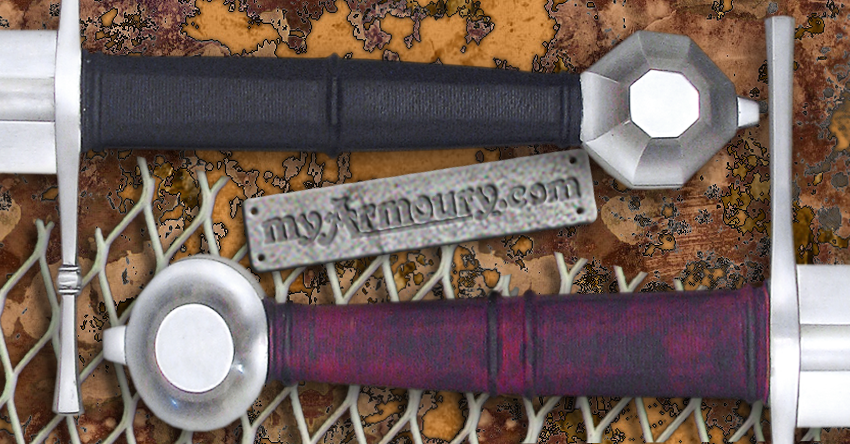So what are your favourite stabby things? Here's one of mine-

It's a seax- the single-edged handy knife that gave the Saxons their name. It was primarily a tool- ideal for butchery or woodworking, with enough heft to serve as a cleaver or hatchet and yet retaining the narrow point for more precise applications.
It was also a handy weapon too. In pitched battles, Saxons would usually carry spears, and when the lines met for close-quarters combat the seax no doubt proved a useful back-up weapon for stabbing or hacking.
In terms of popularity, it was one of the all-time greats- being practically ubiquitous in Saxon hands. What I like about the seax is its total lack of pretentions- it's a cheap, easily-made tool/weapon that was good for just about anything. Fancy swords may have been good for a privileged elite, but this was the weapon that unified England- a crude yet immensely practical weapon for a crude, practical people.

It's a seax- the single-edged handy knife that gave the Saxons their name. It was primarily a tool- ideal for butchery or woodworking, with enough heft to serve as a cleaver or hatchet and yet retaining the narrow point for more precise applications.
It was also a handy weapon too. In pitched battles, Saxons would usually carry spears, and when the lines met for close-quarters combat the seax no doubt proved a useful back-up weapon for stabbing or hacking.
In terms of popularity, it was one of the all-time greats- being practically ubiquitous in Saxon hands. What I like about the seax is its total lack of pretentions- it's a cheap, easily-made tool/weapon that was good for just about anything. Fancy swords may have been good for a privileged elite, but this was the weapon that unified England- a crude yet immensely practical weapon for a crude, practical people.
 [/LordShiva]
[/LordShiva]







Comment